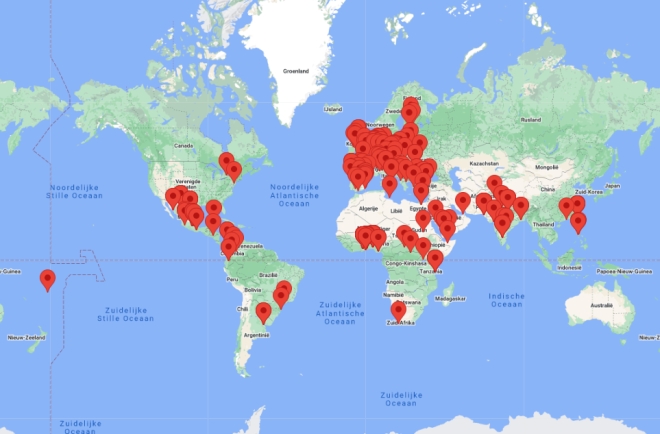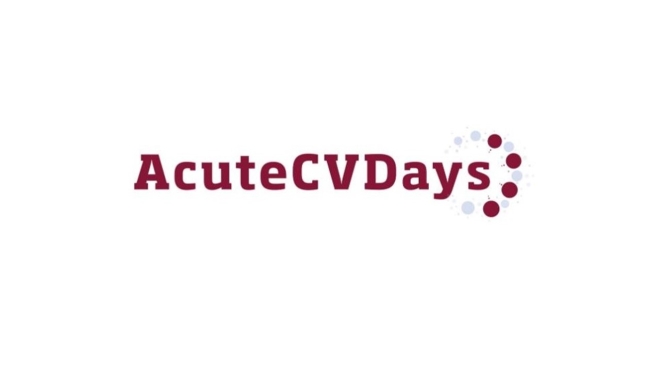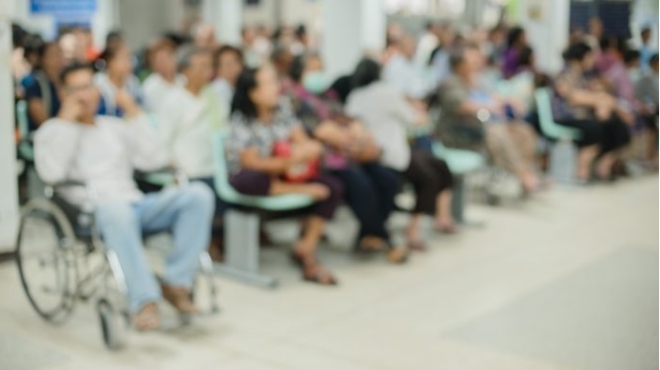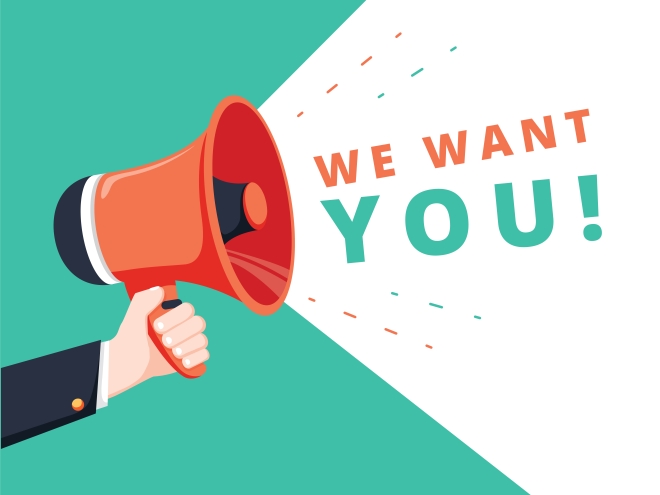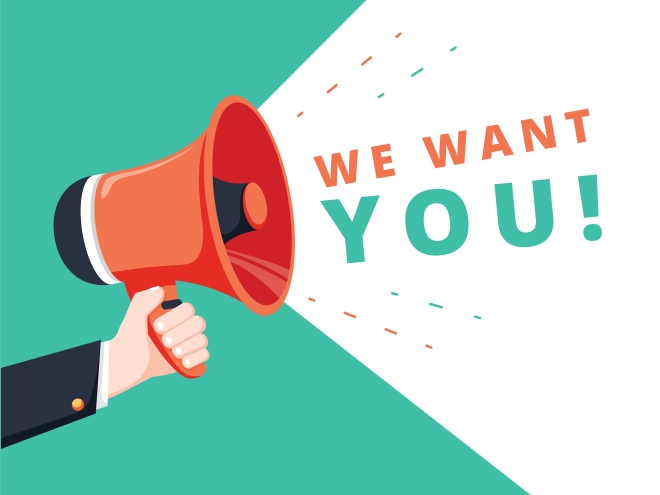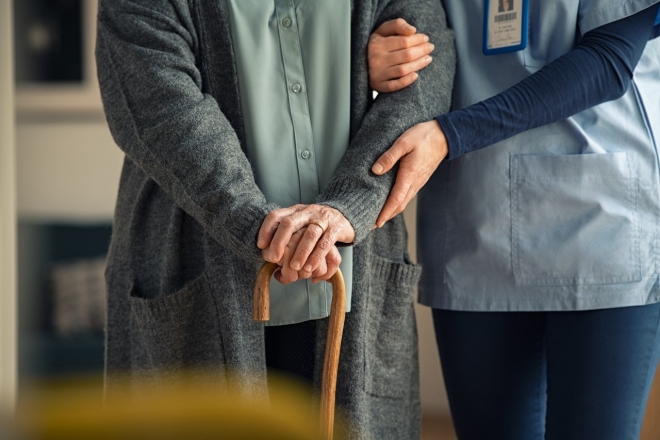It's almost EM-Day!!
This week the EUSEM website is showing the EM-Day, 27 May, colours. We are very excited about all the submissions in the web-app and the activities that are coming in through This email address is being protected from spambots. You need JavaScript enabled to view it.
The map of impact is already looking amazing with activities from all over the world!
Even though EM-Day is on the 27th, the 26th of May will be also a big day for EUSEM and the EM-Day team.
- The paper and editorial about the survey results will be published in the European Journal of Emergency Medicine. The press release will be showing on the EUSEM homepage linking to the publications. Fingers crossed for a lot of media attention!
- The webinar: Safety Culture in the ED will be held at 14:00 CEST. The survey results will be presented and we have great speakers representing WHO, IAPO, IFEM, AFEM, EUSEM and more. We will exchange thoughts and ideas about improving the safety in the ED. Please register and join the round table discussion.
Please join in the campaign and tag us on the socials and add the hashtags #YourSafetyOurPriority #EmergencyMedicineDay
Fb: @EmergencyMedicineDay
Tw: @EmergencyDay
Insta: emergency_day\
In: company/emergency-medicine-day

